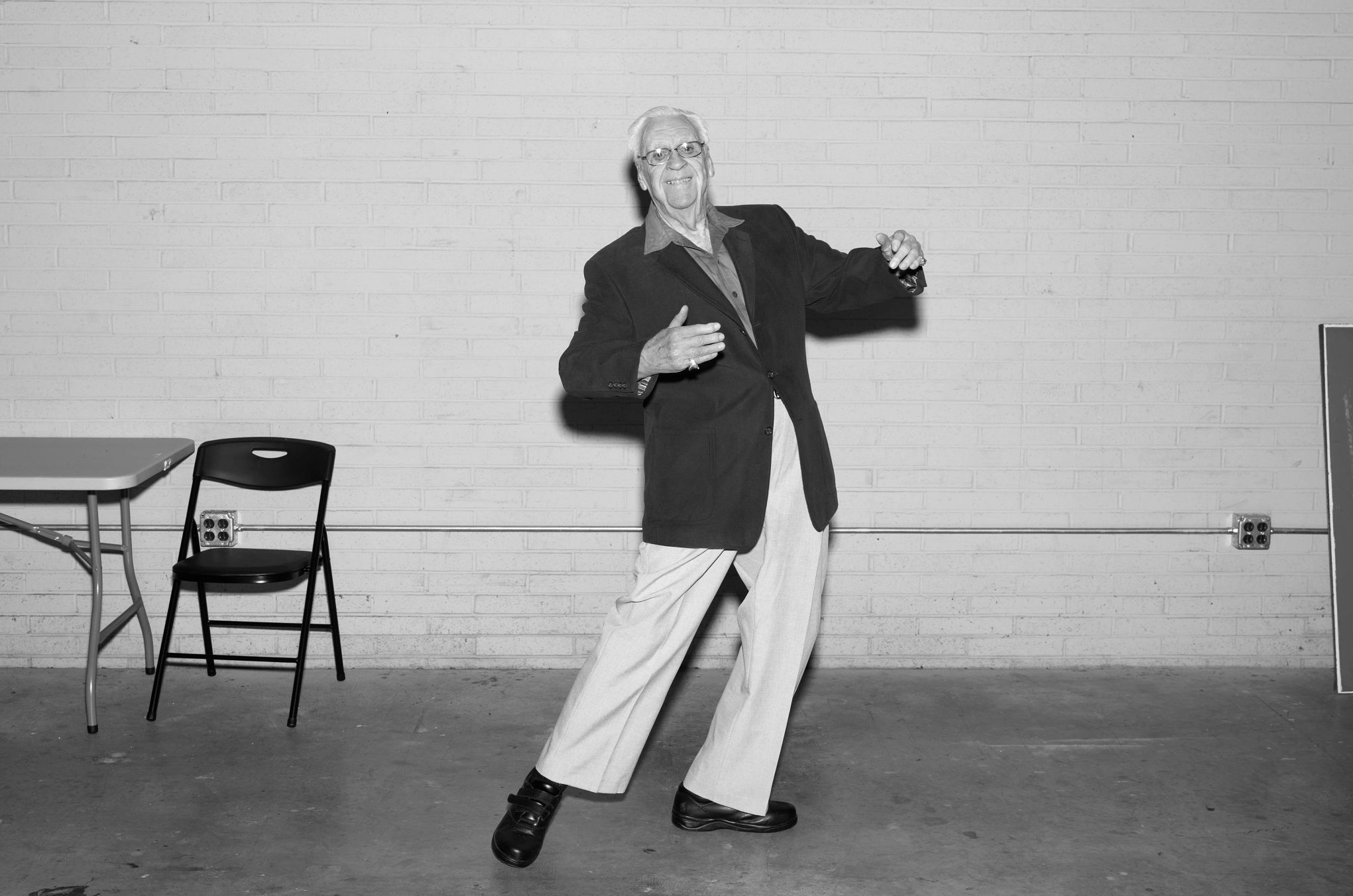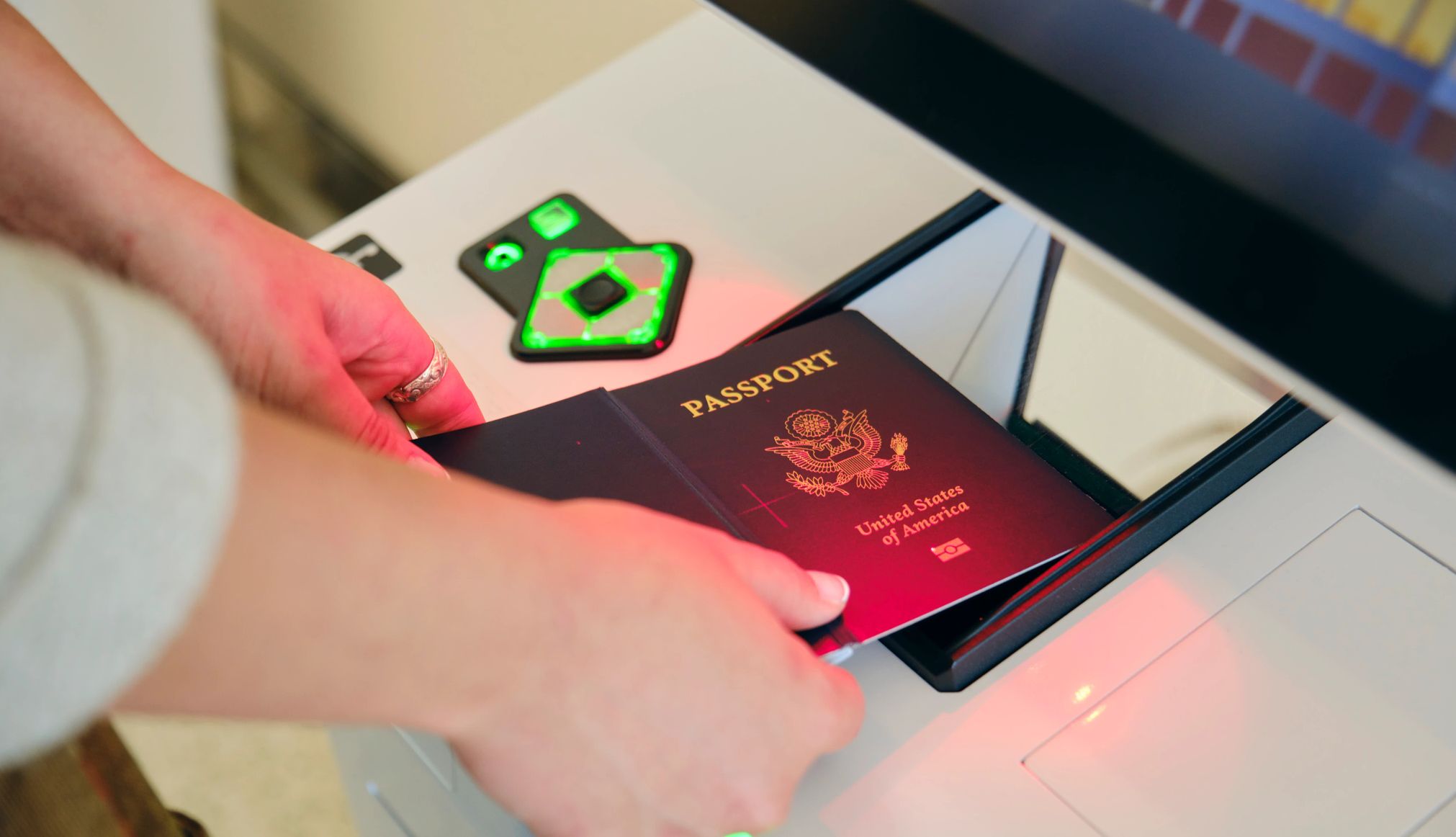AARP Hearing Center


If you miss dancing at the disco or you find yourself hankering for the hustle, it’s never too late to get your groove back. And if nostalgia isn’t enough to get you back on the dance floor, consider these five health benefits dance has for older adults, as well as tips on how to get started.
Boosts brain function. There is some promise that dancing might help ward off dementia, says Joe Verghese, director of cognitive and motor aging at Albert Einstein College of Medicine. Preliminary studies point to possible benefits. As a social, physical and mental activity, dance provides cognitive stimulation, which may enhance memory.


LIMITED TIME OFFER: Labor Day Sale!
Join AARP for just $9 per year with a 5-year membership and get a FREE Gift!
Helps keep a healthy heart. Dance, like any physical activity, is great for your heart, says Audrey Chun, M.D., a professor of geriatrics and palliative medicine at Mount Sinai.
“Endurance and aerobic activity are really good for cardiovascular health,” Chun says. “Dance is targeting both of those because you’re moving and getting your heart pumping.”
Betters bone health. Improving bone health is another benefit of dancing — especially since Shehab says bone mineral density peaks in our mid-20s and then starts to decrease. Women, in particular, see a dramatic drop once they hit 50, he adds.
Older adults should be concerned with their bone mineral density, since the Centers for Disease Control and Prevention says “falls are the leading cause of injury for adults ages 65 years and older.” In fact, Shehab sees “a ton” of elderly hip fractures from falls — many of which lead to a significant decrease in quality of life.


Weight-bearing exercises like dance help you “sustain muscle mass and protect the bones that are vulnerable to losing density,” Shehab says.
Creates core strength. Shehab says dance uses a great deal of core strength — a great part of the body to work for aging adults.
“We know core strength is kind of the central basis for building strength in extremities,” Shehab says. “Everything comes from the core.”






























































More From AARP
Step to the Beat in This Dance Fitness Class
Exercise to the sounds of the ’70s and ’80s
This Dance Fitness Class Gets You Grooving
Move along to the beat, and learn how to blend exercise and danceSo, You Think You Can Dance? Nora Fox Can
This amateur ballroom champion takes on the world
Recommended for You